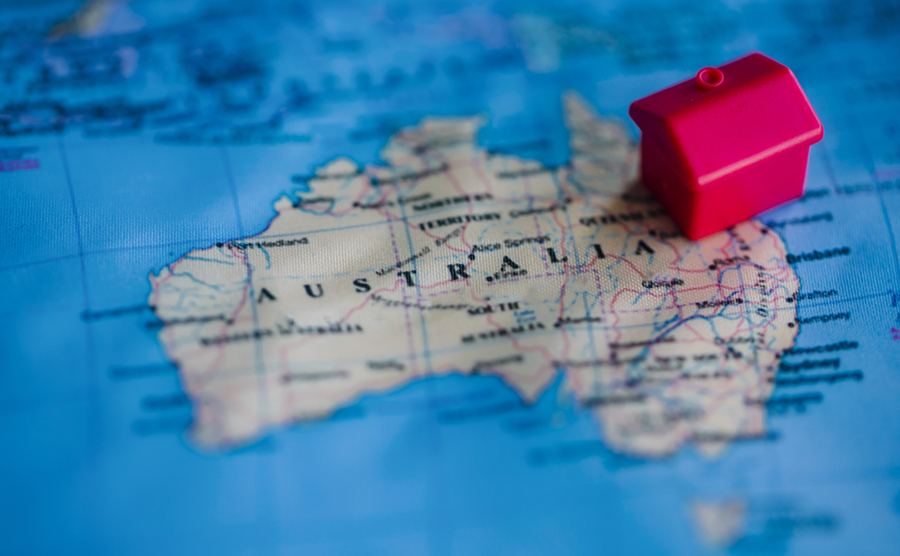Australia’s federal budget comes promising all sorts that might lure you to its shores: more affordable childcare, reducing the cost of medicine, and energy saving initiatives (plus a nod to the Brisbane Olympics 2032). Here, we look at what the latest federal budget says about migration and its special emphasis on attracting skilled workers.
A new approach to migration
With the damning words that the current migration strategy ‘lacks direction, is complex, inflexible, and inefficient’, the Australian federal budget sheds light on how the country plans to make it work better.
During the pandemic, Australia implemented strict travel restrictions, severely hampering expected immigration levels. Since Australia has opened up its borders, there has been a sharp increase in the number moving there. This has been pinned down to the return of international students, skilled temporary visa holders, and holidaymakers. Even so, the country’s population is anticipated to be 750,000 by June 2031, down 2.5% from pre-pandemic figures.
With an aging population and a low birth-rate, immigration is important to Australia. But the budget reveals that Australia wants to be more choice about who moves there for work. In other words, if you are a skilled worker, their eyes are on you.
Here is what you need to know:
Permanent Migration Program
They are allocating 70% of places in the 2023-24 permanent Migration Program to skilled migrants. The Migration Program has a planning level at 19,000. It is split approximately 70:30 between skilled and family visas. The aim is to attract young, working people to Australia to compensate for both labour shortages and an aging population. Crucially, those on the program will have the reassurance that their visa will not come to an end, giving them the chance to truly make Australia feel like home. With the incentive of permanency, the hope is that this will make those in the global talent market choose Australia.
International students
For those studying select degrees, there is an additional two years of post-study work rights. These degrees have been selected because they directly relate to where there are labour shortages that need addressing.
International student visa holders will face a limit in the number of hours that they can work of 48 hours a fortnight. However, those working in the aged care sector will not face this cap. Additionally, the aged care sector will see a rise in wages of 15%.
Changes to who can apply as a skilled migrant
Furthermore, from July 1st, there will be an increase in the minimum wage threshold for temporary skilled migrants. It will go from $53,900 to $70,000. Home Affairs Minister Claire O’Neill said that it was a “skilled worker program, not a guest worker program”.
Visa application charges
Visa application charges will be raised, as so:
- Visitor, working holiday, work and holiday, training, temporary activity, and temporary work will increase by 15%
- Business and innovation assessments – 40%
- Other visa – 6%
- Pacific Engagement Visa and Pacific Australia Labour Mobility visas – exempt.
It is claimed that these fee increases will help reduce processing time. Moreover, this has been met with some criticism, as the visa process can already prove costly for some families.
Opportunity for international investors
Australia is currently facing a housing shortage, and so, the budget has set out that the National Housing Accord will boost and supply one million homes from 2024. To work towards achieving this, Australia has reduced the tax rate from 30% to 15% for foreign instructional investors in the build-to-rent sector.










